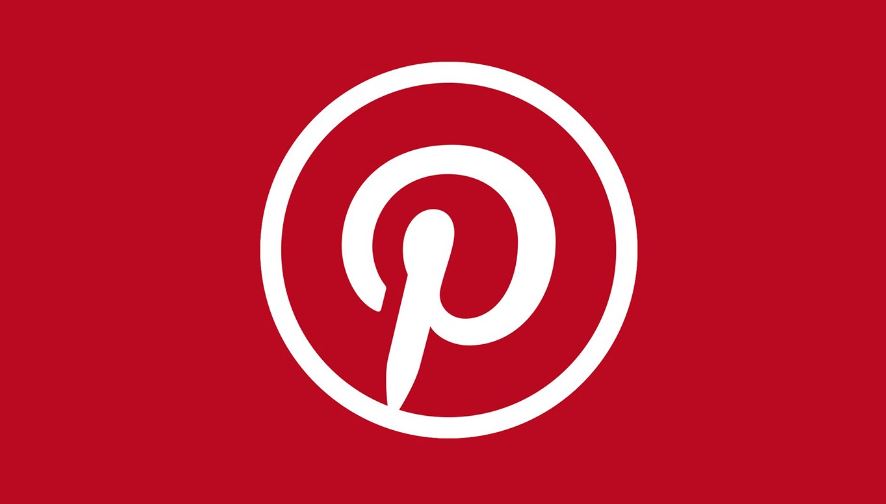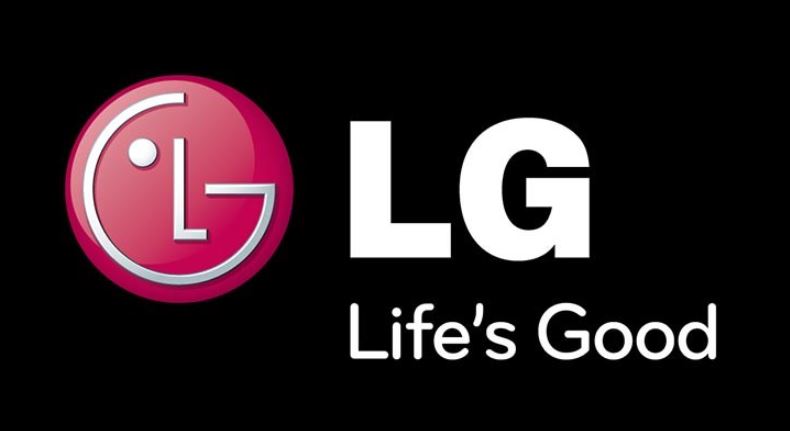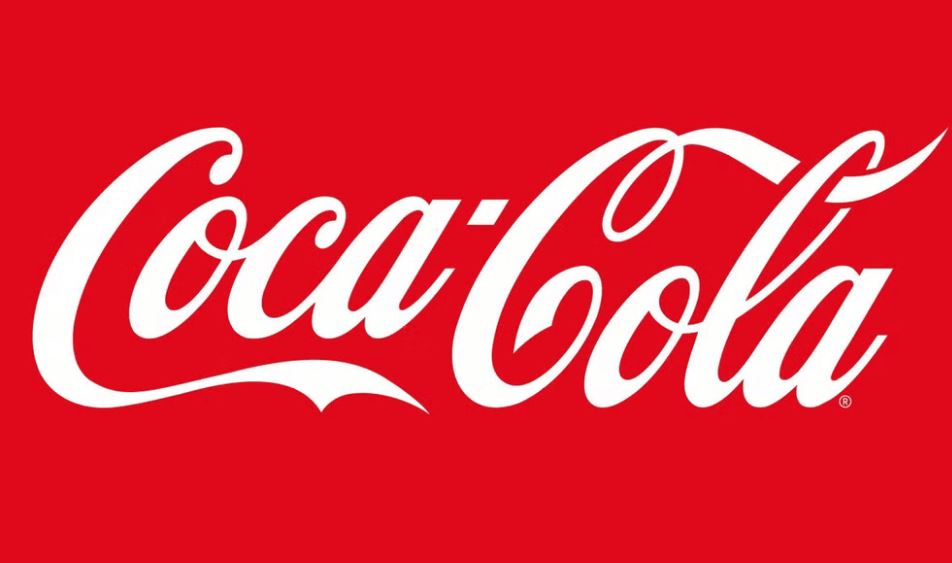Not only do fast food brands tend to choose red as the primary color for their brand identity, but now many brands in different industries such as Adobe, CNN, and Canon... also opt for this color tone.
The world of colors is diverse, and each color evokes different emotions in humans.
Colors are generally divided into two main groups: warm colors and cool colors. Red belongs to the warm color group. Red represents passion and energy.
According to The Psychology of Color research, when people see the color red, their heart rate increases, speeding up their metabolism and making them feel hungrier. That is why fast food brands like KFC, Lotteria, McDonald's, etc., choose this color in their brand identity. Additionally, many brands in various fields also choose red.
The red color in Netflix's brand identity

Karen Haller, a design consultant for many famous brands worldwide, believes that the red color in Netflix's brand identity is used to evoke excitement and enthusiasm among users when watching movies. Furthermore, Netflix combines red with black, creating a feeling and experience similar to watching movies in a theater.
H&M
During the period from 1947 to 1968, as the target customers were mainly women, Hennes (which means "hers" in Swedish) had a minimalist black-and-white brand identity. This identity was created by Erling Persson, the founder of H&M.

Later, after acquiring Mauritz and expanding its business, the brand identity transitioned from Hennes to H&M, and the black and white colors gave way to vibrant red. The red color of H&M aims to convey youthfulness and energy, catering to the tastes of their customers. At this point, H&M's customer base had expanded to serve both men and women, especially the younger generation.
Pinterest's brand identity
When the social media platform Pinterest was founded in 2010-2011, its dominant color was black. However, in 2016, the color of the brand identity changed to red.

Evan Sharp, the co-founder of Pinterest, shared that the red color and brand identity design were intended to evoke a sense of empowerment, and inspiration, and encourage creativity.
LG
Recently, LG introduced a new brand identity. According to experts, this new brand image is interactive, friendly, and energetic.

Adding a vibrant red color to the brand's direction has created a more youthful, modern image and simulated various intimate emotions with users. LG's strategy has successfully conveyed its values and personality to both loyal and potential customers.
Coca-Cola
The Coca-Cola logo combines white and red to create a simple and unique design that appeals to young hearts.
The logo of this famous brand initially featured black as the main color. It was only in 1950 that the red color appeared and became the foundation for subsequent logo versions.

These two distinctive colors are deeply ingrained in the subconscious of Coca-Cola customers. Over the years, despite design changes, the brand's colors have remained steadfast.
In summary, red is considered a color closely associated with a range of meanings and evokes various emotions. For this reason, many famous brands in different industries have used red to convey their characteristics, identity, and messages.'






